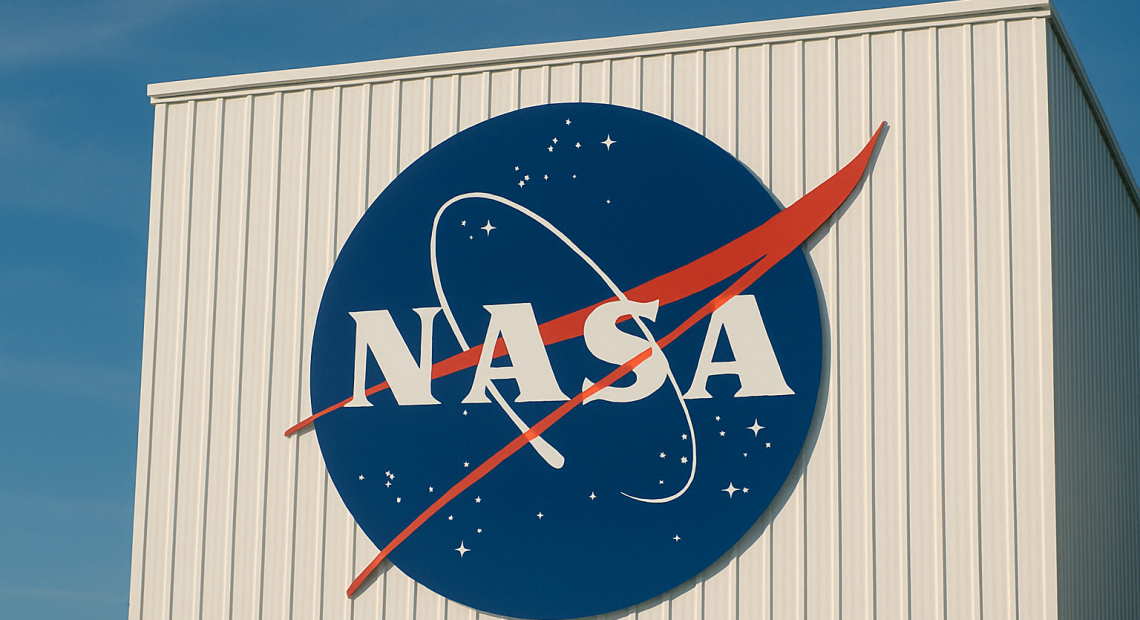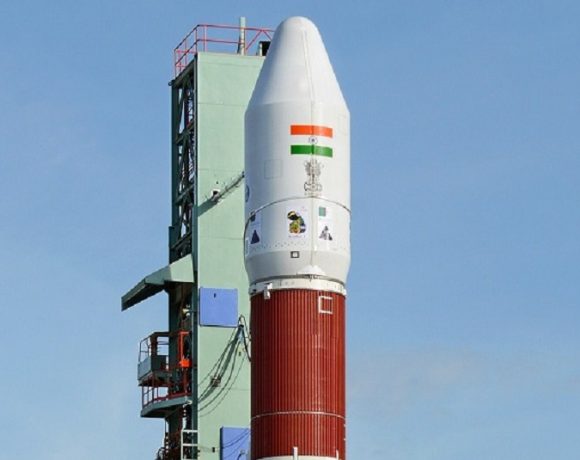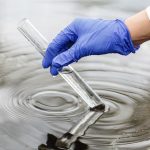
NASA Confirms Solar Wind Generates Water on the Moon
In a scientific breakthrough that could reshape future space missions, NASA has confirmed that solar wind—the constant stream of charged particles emitted by the Sun—can generate water on the Moon’s surface. This discovery significantly enhances the prospects for sustainable lunar exploration, offering a potentially continuous source of hydration in otherwise barren terrain.
Lunar Soil Experiment Yields Water Clues
Scientists at NASA conducted a highly realistic laboratory simulation using actual lunar soil brought back from the Apollo 17 mission. The team recreated the Moon’s harsh vacuum environment and exposed the soil samples to solar wind-like hydrogen ions for a duration equivalent to 80,000 years of exposure.
The result? Hydrogen atoms interacted with oxygen present in lunar minerals to form hydroxyl (OH), and under certain thermal and pressure conditions, even combined to form water (H₂O) molecules. This confirms that the Moon’s surface can continuously generate small amounts of water through this natural interaction, even in sunlit regions.
Implications for Future Moon Missions
This finding is a major boost to ongoing and future lunar missions, particularly those under NASA’s Artemis program, which aims to establish a long-term human presence on the Moon by the end of this decade. Until now, it was believed that significant water deposits were confined to permanently shadowed craters near the lunar South Pole. This study suggests water creation may not be limited to such extreme locations.
With this knowledge, future explorers could potentially harness solar-induced water formation as a supplementary resource—reducing the dependency on Earth-supplied materials for life support, fuel, and scientific operations.
Shaping In-Situ Resource Utilization
The discovery also lends weight to broader strategies for in-situ resource utilization (ISRU), where essential supplies like water, oxygen, and fuel could be derived directly from celestial environments. This reduces mission costs and extends the viability of long-duration exploration not only on the Moon but also on other airless bodies like asteroids and even Mars.
Conclusion
NASA’s confirmation that solar wind plays an active role in generating water on the Moon opens up new scientific and logistical possibilities for humanity’s return to the lunar surface. As space agencies and private players prepare for permanent bases and resource-driven missions, this discovery could prove to be a game-changer in how we survive and thrive beyond Earth.

















